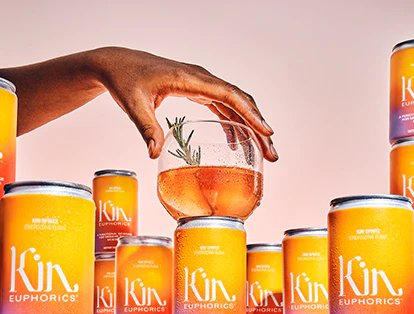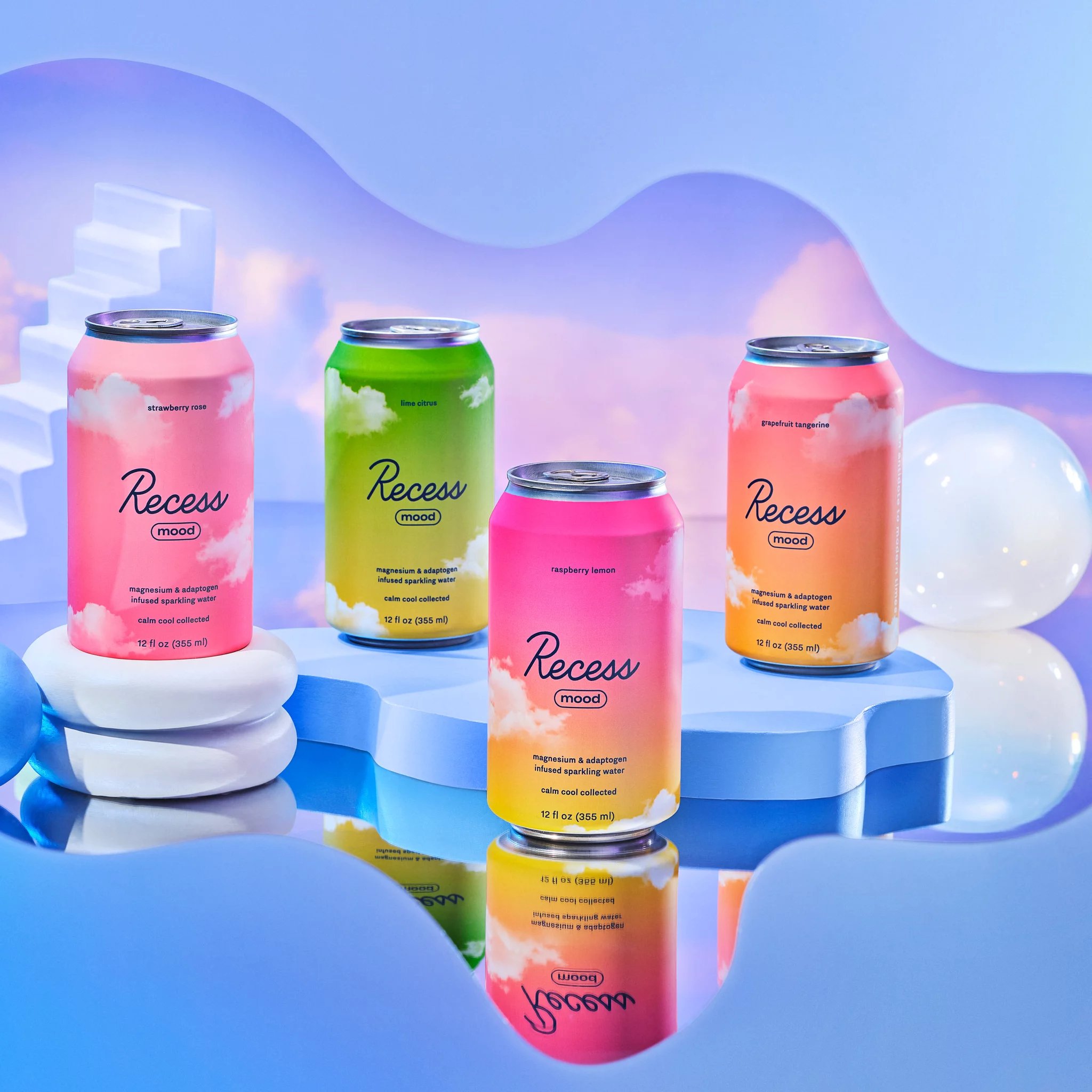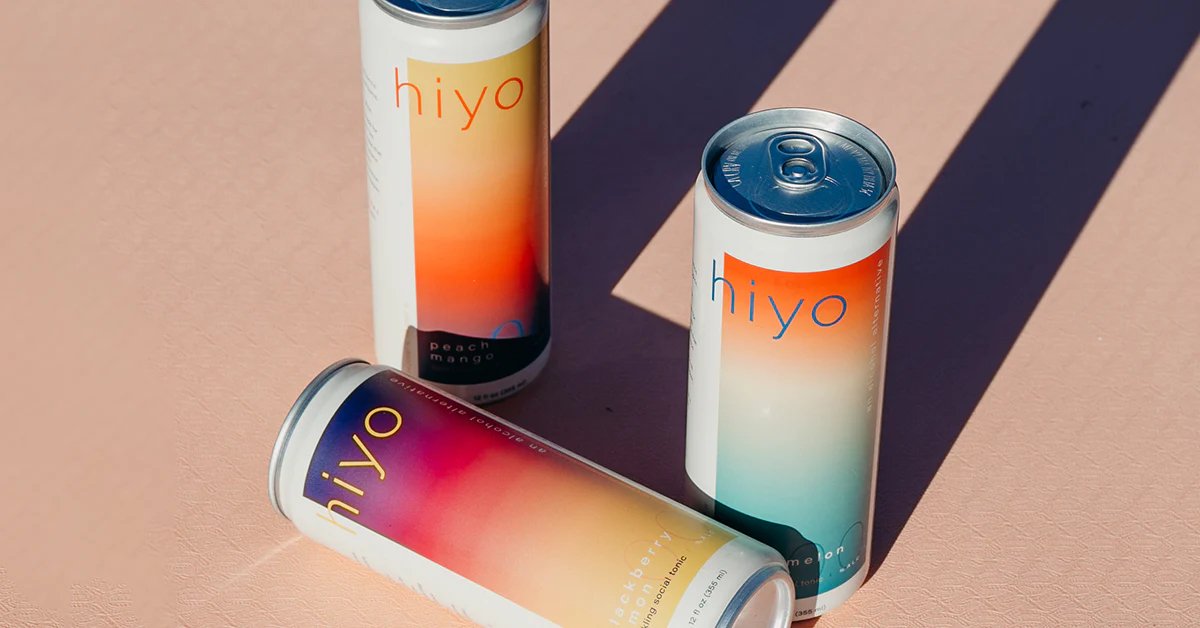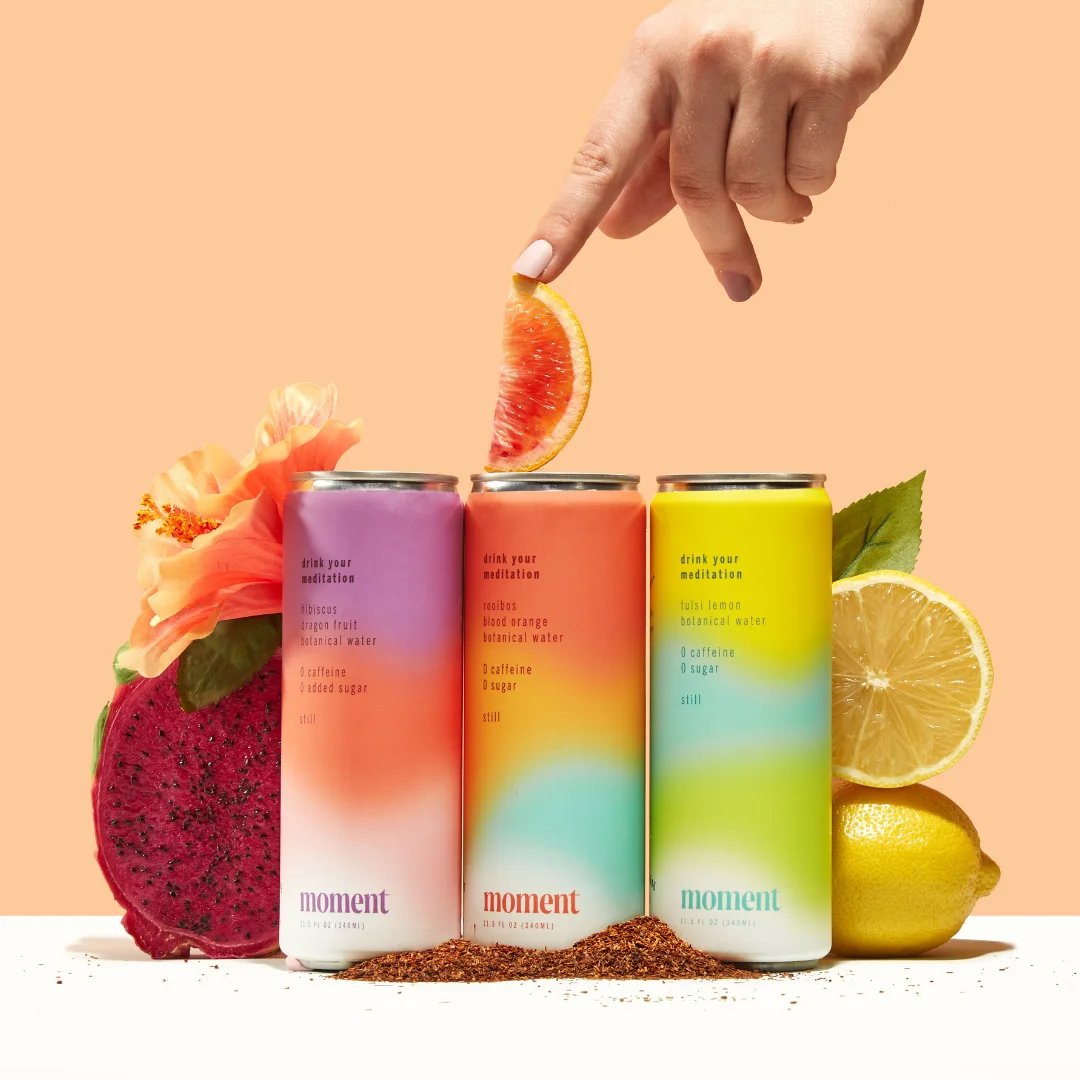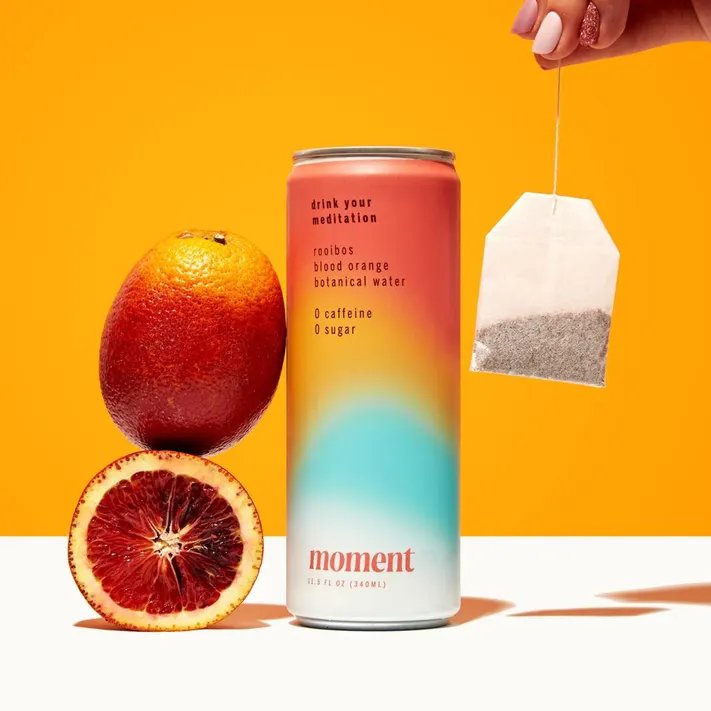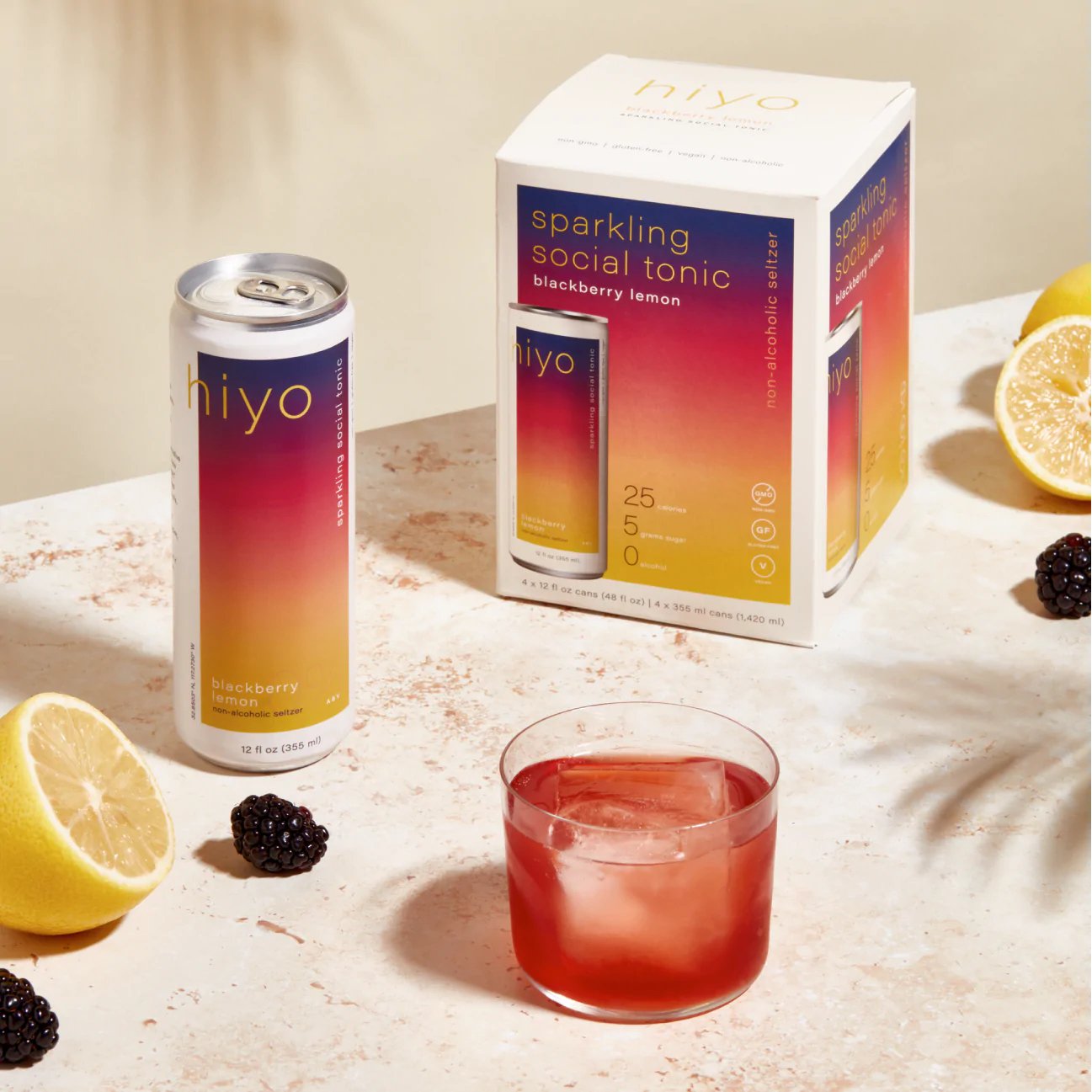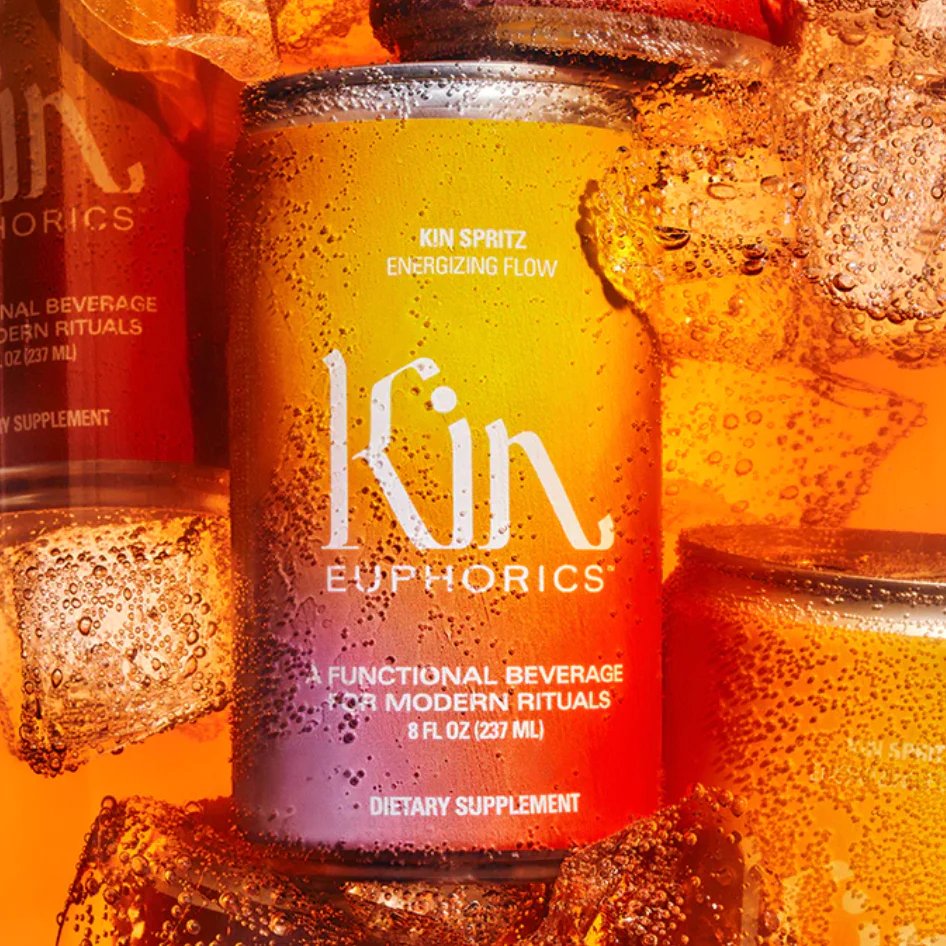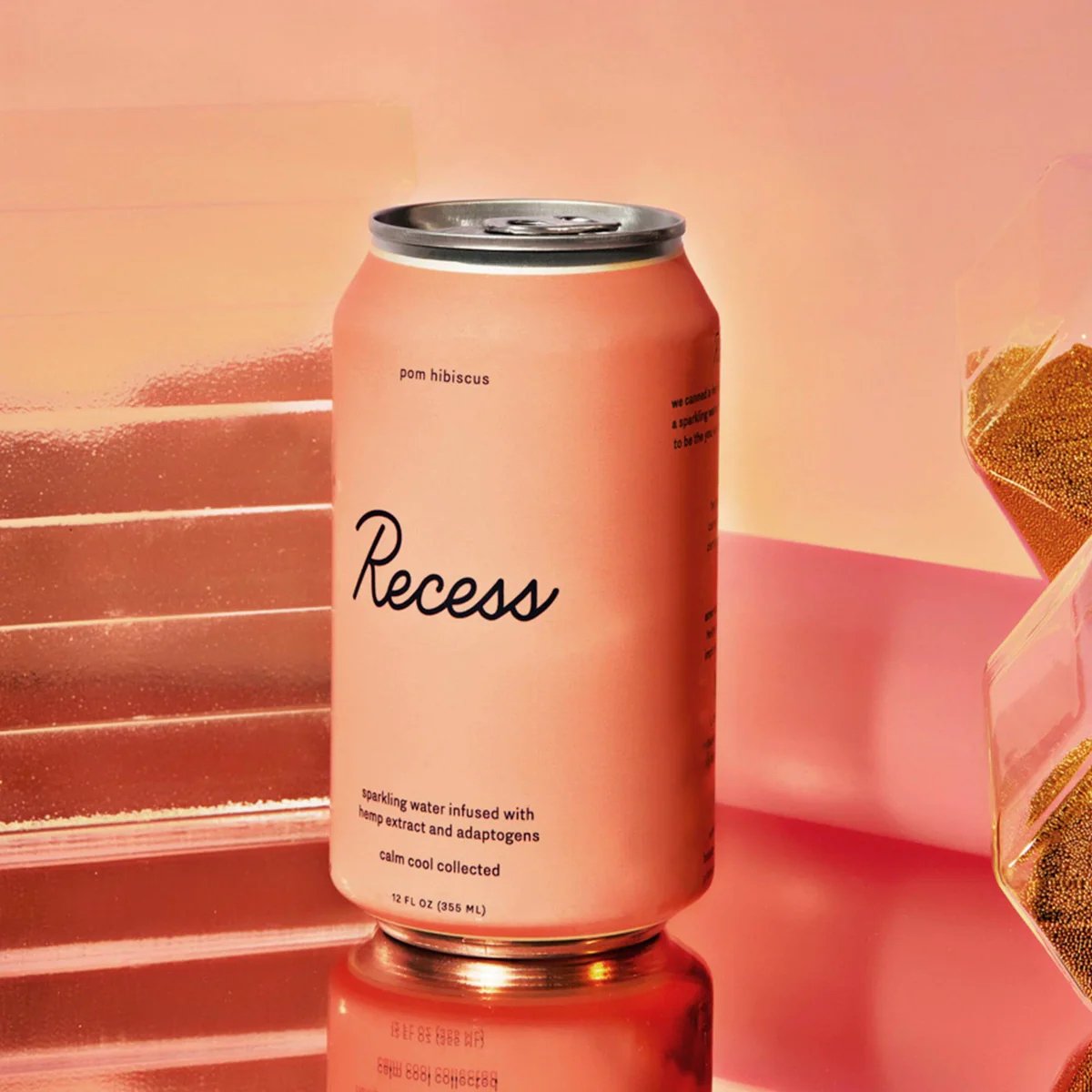What’s Up with Adaptogens?
Assessing the Drinkable Gradient
In case you didn’t know, everybody is stressed these days—and there’s a laundry list of items to trouble ourselves with. There’s the obvious: climate catastrophe; the robots on the brink of taking our jobs; the kleptocrats running the platforms we have been conditioned to depend upon; the loneliness epidemic; the heaping piles of debt. There’s the oblique: how do I commodify my lifestyle to make money on TikTok; wait, we’re still in a pandemic, right; should I get a higher dosage of Prozac; is a recession coming?
The market’s response to our overstimulated and anxious minds? Adaptogens. Yes, some fizzy drinks with botanicals and nootropics will do. Sip it up, it’s good for you.
Google “adaptogenic beverage” and you will find photo upon photo of slim, White Claw-adjacent cans with styles and color palettes that seemingly take notes from this Canva template. It’s as though the Instagram infographic backdrops crawled onto our cans.
Examples of adaptogenic beverages include Bella Hadid’s Kin Euphorics, Katy Perry’s De Soi, Hiyo, Moment, Recess, Free Rain, and many, many more. The drinks are often marketed as alcoholic beverage alternatives, or “functional beverages,” drinks that promise utility and health benefits. Drinks with a function, unlike drinks without one.
Kin Euphorics’s cans tell a design story of sunshiney yellow blended with a muted violet that blends with a red-orange that blends with a tangerine. Recess shares a similar palette but adds a couple of clouds. Hiyo captures the SoCal sunsets in their cans. Moment is an outlier, leaning into the cool tones of lime green and pool blue while also sticking to grapes and oranges, and warm reds. All a little bit different while the same, nevertheless.
The market for adaptogenic beverages began to bubble in early January 2022, when, according to a Google Trends report, the search term “adaptogen” spiked to a popularity value of 84 at the time. This year, in late January, “adaptogen” reached peak popularity with a value of 100. And they’re only getting more popular—one projection by Global Market Insight sees the adaptogen market reaching $19 billion by 2032. So as the demand for these drinks rises and I find more and more of these cans in the beverage aisle, their warm-toned gradients colonizing a small but mighty section of my local bodega’s shelves and grocery stores, I am left with one question: Why do all the cans look the same?
…
I learned about adaptogens last fall from a fitness/lifestyle influencer who a friend of mine described as Gen Z Gwyneth Paltrow. The influencer, an avid runner, podcaster, and serial oversharer, puts adaptogens in her yogurt and drinks them with the help of AG1, an adaptogenic athletic green powder you put in water “that is so much more than ‘greens,’” the brand promises. Because greens no longer suffice, for some reason.
Essentially, adaptogens are plants and herbs with stress-reducing qualities (think ashwagandha, a brain and nervous system function booster, and ginseng, an antioxidant and immune system booster). Botanicals and herbs have been around for millennia and historically used through holistic health systems, but only recently have they been used in drinks and powders to carve out their own chunk in the Western wellness industry of today.
While developing Hiyo’s design in 2019 and 2020, Hiyo’s Chief Brand Officer Cygne Cooper was hesitant to fully indulge in the gradient. A couple of years ago, she would be speaking with her colleagues, and “I would be like, ‘Yeah, you know, I hope it wasn't a bad decision with how many cans [with gradient designs] are on the shelf nowadays,’ and everyone would be like, ‘Oh my God, what are you talking about? They're awesome.’ And I'd be like, ‘No, but like in a year, every can is gonna have an effing gradient on it.’” Cooper was right. Now, when she’s out grocery shopping for her prebiotic, adaptogenic sodas a sea of gradients fill the beverage aisle, “and I'm like, dude, everyone is using gradients,” Cooper said.
Cooper, Evan Quinn, and George Youmans founded Hiyo in 2019. All USC alum Youmans, Quinn, and Cooper found themselves in Los Angeles in their mid-twenties, socializing, “going out to concerts and festivals and brunches,” and living that young professional lifestyle, Cooper explains. During that time, both Quinn and Youmans had family members who were hospitalized due to alcohol-related issues, and the two began reconsidering their relationship with alcohol and cut back on their own drinking. They soon realized how sparse the non-alcoholic beverage industry truly was and how meager the NA offerings at bars and restaurants were.
In 2021 they launched Hiyo, a “social tonic” with adaptogens like ashwagandha, L-theanine, and lion’s mane mushroom. Cooper, throughout the design process, wanted the free-spirited SoCal vibe of Hiyo to come through in the can and appear welcoming and comfortable for alcoholic and non-alcoholic drinkers alike. And what captures free-spirited, calm, cool, and timeless better than a Southern California sunset? That was what their brand would revolve around. That was what the can design of Hiyo would be inspired by.
The warm, subtly maximalist design is in direct contrast to the late 2010’s sterile minimalism that infiltrated the startup space, coffee shops, and direct-to-consumer brands with muted pinks and sterile whites and grays. We have progressed past the soul-sucking muted tones of the girl boss and WeWork era and instead, dove into beverage design akin to dopamine dressing and jewel tones.
“Gen Z brands stick out a lot more on the shelf,” Claire Spackman, founder of Gen Z digital marketplace Consumerhaus, where she sells an adaptogenic coffee brand, among other coffee products, tells Eater’s Bettina Makalintal. “They’re very bold, bright, colorful, and really speak to what today’s younger consumers are looking for.”
ChatGPT agrees. When I asked it how it would design an adaptogenic beverage, it told me to consider using “colors and design styles that are associated with natural and organic products, and opt for “soft, muted colors such as pastels” that “create a calming effect and evoke a sense of tranquility” as well as “bright and vibrant colors” such as purple, pink, and blue that can be used to “convey a sense of energy and vitality.”
…
In 2019, Alicia Kennedy described these functional beverages as “antidotes to the unease of modern life.” As I write this, I’m racking my brain on when and why I would opt for an adaptogenic beverage as an antidote to the discomfort of late-stage capitalism and climate doomerism. I couldn’t think of one particular instance, but I did begin to think about my relationship with kale. For the past ten years, every time I would eat or drink something with kale in it, almost instantly, I would feel better. Not because the nutrients immediately fixed my maladies, but rather because I knew that if I did consume it, the part of my brain where all the placebos are located would light up and tell me that I’m supposed to feel better. Kale didn’t have the branding team of an adaptogenic beverage brand, but that’s not really the point.
“Beverages of this ilk, like Recess, Cha Cha Matcha, Dona, and Kin Euphorics, get their purported powers in part from ingredients often tied to herbal medicine, and bank upon a cultural moment when people are more likely to look for emotional health in a bodega refrigerator than to take the time (or funds) to seek professional help,” Kennedy writes.
Drinking the fruity seltzers would, in theory, elicit the same feeling as staring into a sunset on the beach, watching the deep hues of orange, yellow, and pink blend into one another, sucking in the salty air and gleaning an ounce of enjoyment, a tablespoon of peace.
Whether or not that is scientifically feasible is another question. In a recent New York Times article on the rising popularity of adaptogen ashwagandha, Dani Blum asks integrative medicine specialist Dr. Yufang Lin how ashwagandha could provide the consumer with a sense of calm. “A person would need to consume it regularly (around twice a day) for several weeks — a capsule or drink infused with the supplement isn’t likely to have the kind of instant effect some manufacturers advertise,’ Blum writes. “Adaptogens don’t work like an aspirin,” Dr. Ring tells the Times. “They work over time.”
Hiyo’s target audience surely could use some stress relief, though. Cooper identified Hiyo’s current audience as career-driven women between 25 and 45 (notably the age range includes two generations with the highest reported levels of stress, according to psychological surveys and reports) who are seeking out alcohol alternatives, who may be early adopters and up with the trends, and who are balancing their social life with their mental and physical health.
The purpose of these drinks isn’t to absolve young women or nootropic-curious imbibers of all stress. Purely and simply, it’s a nonalcoholic alternative. It purportedly provides drinkers with a scientifically tested, booze-free buzz. And as the market for nonalcoholic drinks and the “sober curious” movement continues to boom, we will only see more alcohol alternatives with their funky, gradient package design.
If you can convince a large enough audience of stressed-out women that this thing, this thing in front of us with a warm-toned gradient and a funky font, this thing will alleviate whatever is holding us back from an actualized life, what else is there to say besides bottom’s up.


